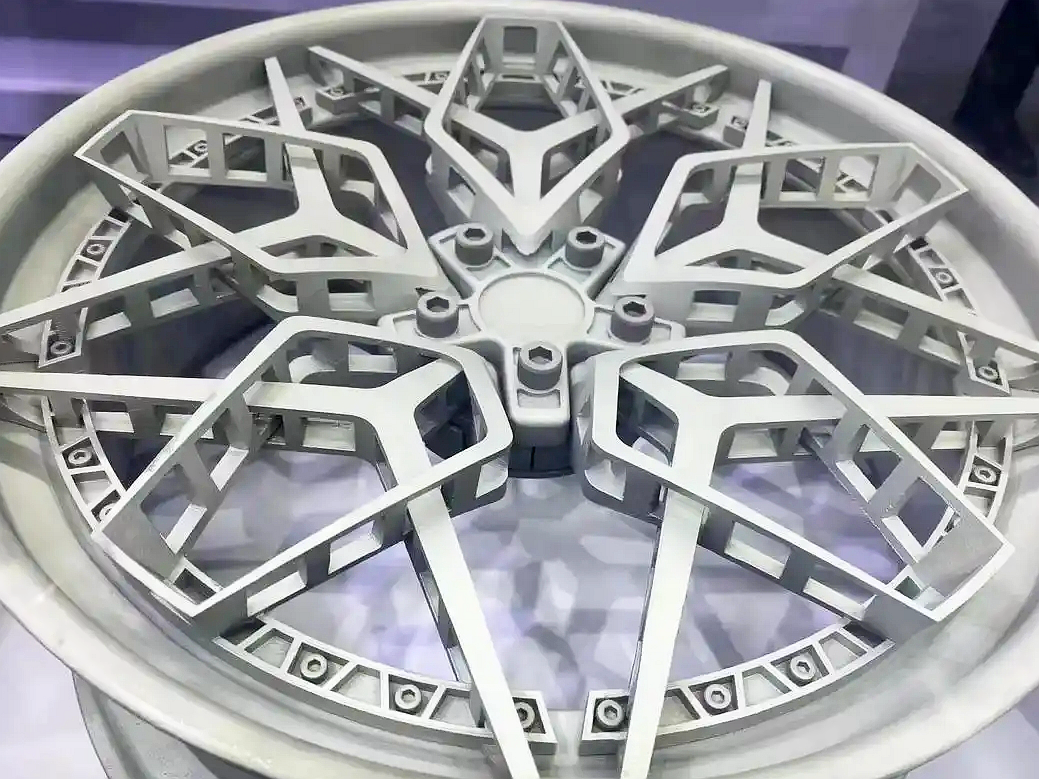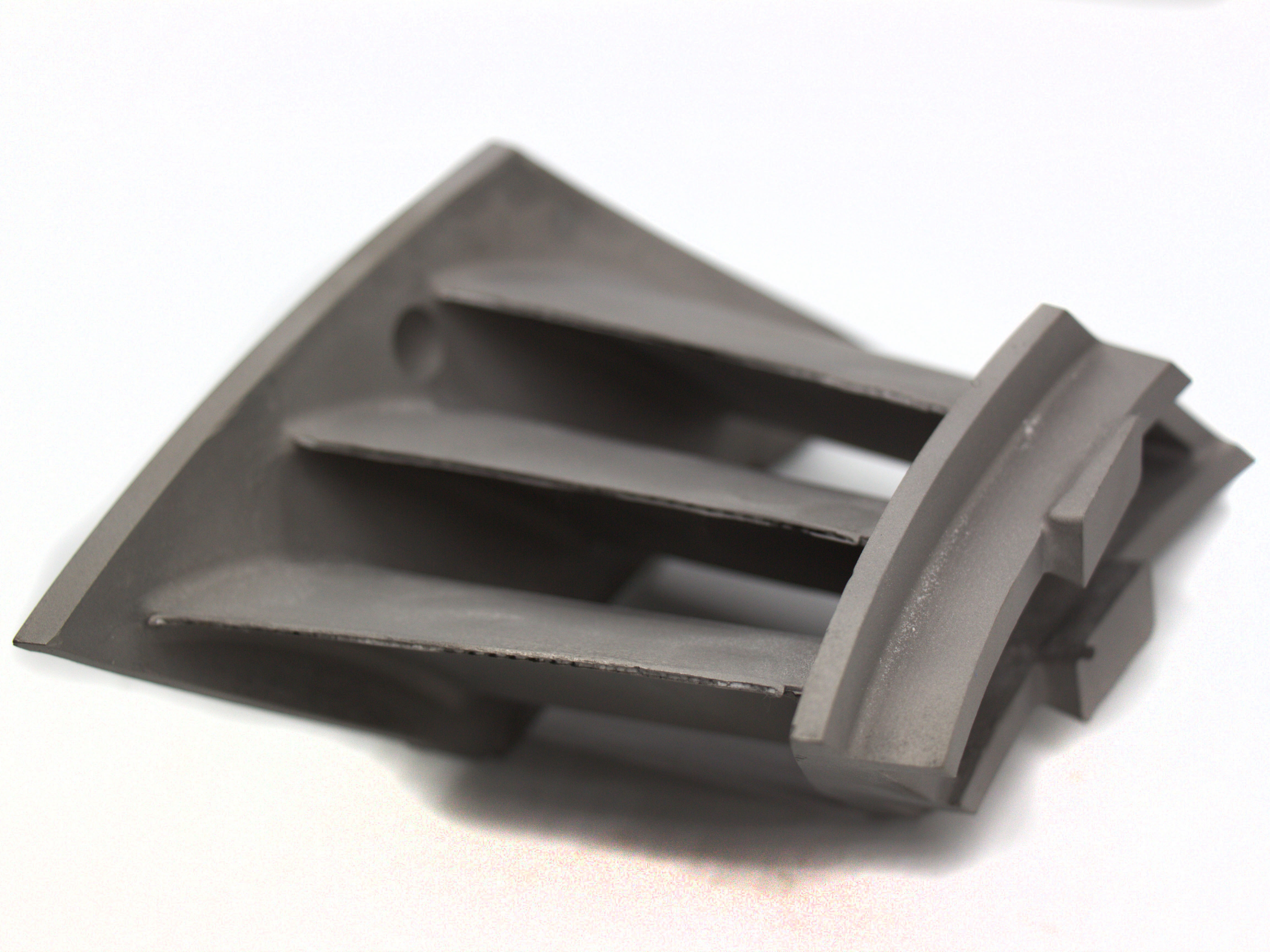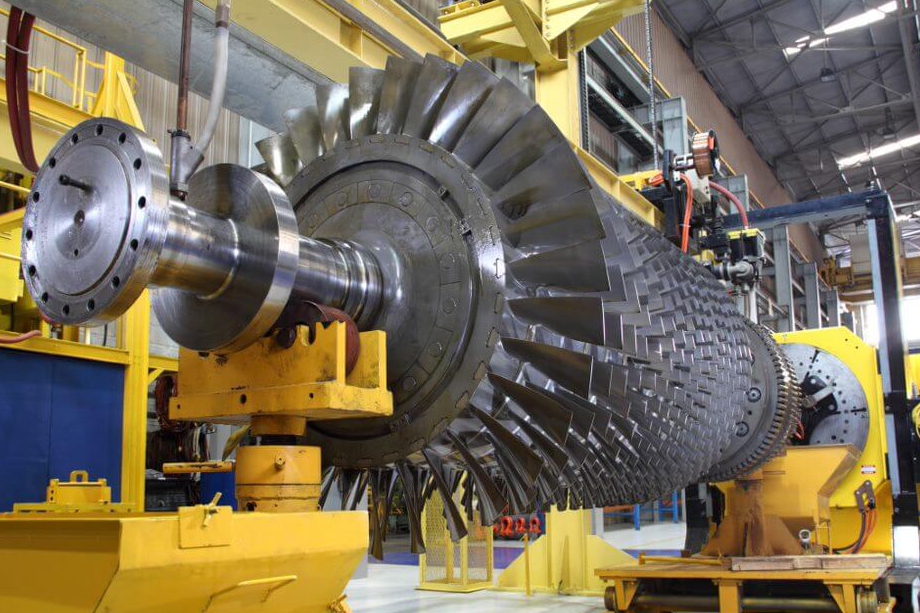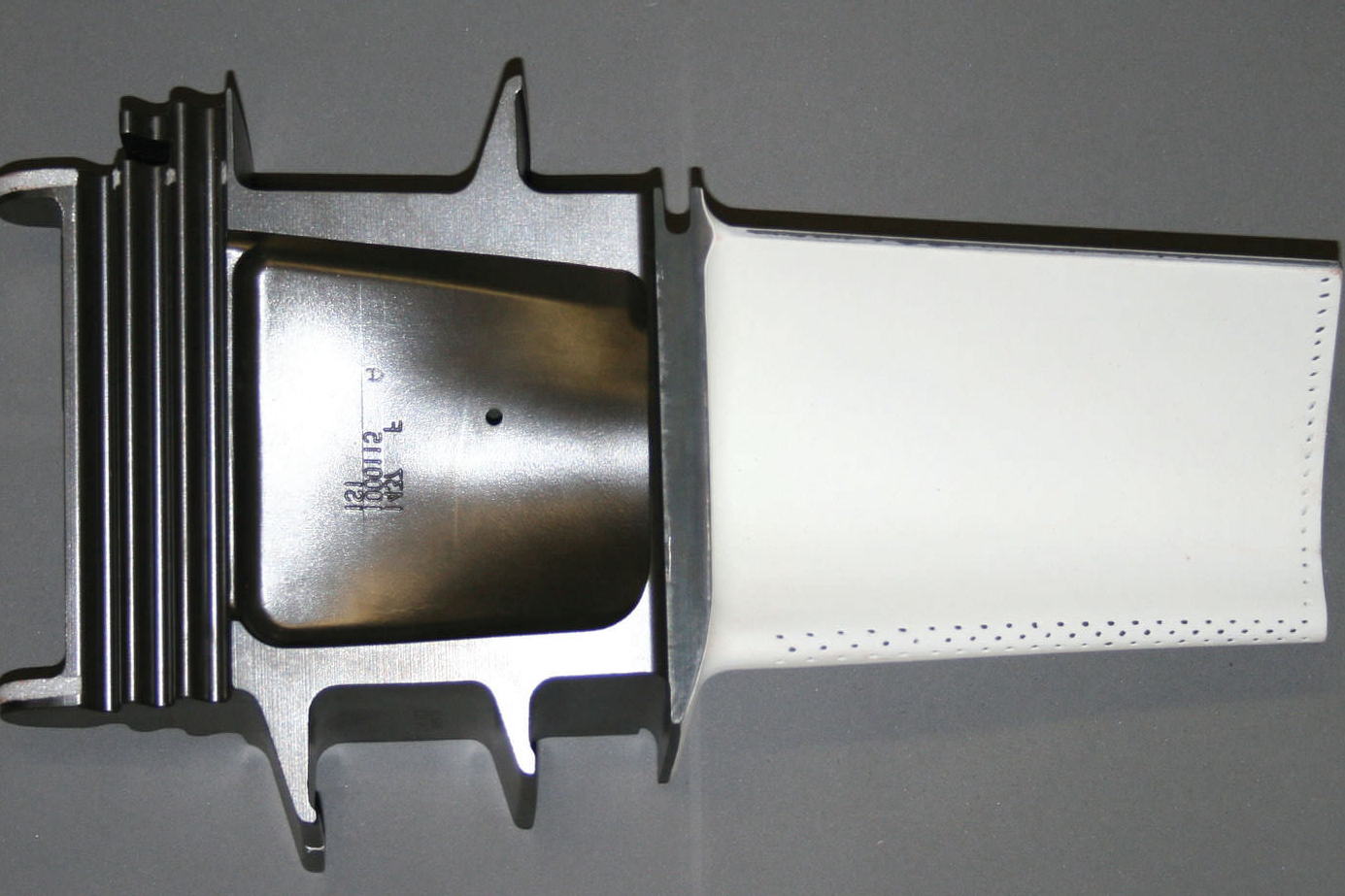Pushing Boundaries with Titanium: Custom 3D Printed Solutions for Industry Leaders
 Titanium is known for its high strength-to-weight ratio, corrosion resistance, and high-temperature performance. These properties make titanium ideal for aerospace, medical, and automotive industries. With the advent of 3D printing, titanium has become even more versatile, enabling the creation of custom, high-performance parts that were previously difficult to manufacture. 3D printing titanium solutions provide rapid prototyping, low-volume production, and the ability to design parts with complex geometries tailored to specific industry needs.
Titanium is known for its high strength-to-weight ratio, corrosion resistance, and high-temperature performance. These properties make titanium ideal for aerospace, medical, and automotive industries. With the advent of 3D printing, titanium has become even more versatile, enabling the creation of custom, high-performance parts that were previously difficult to manufacture. 3D printing titanium solutions provide rapid prototyping, low-volume production, and the ability to design parts with complex geometries tailored to specific industry needs.
Advantages of Titanium in 3D Printing
Titanium’s combination of strength, durability, and resistance to corrosion makes it an ideal material for 3D printing. Key advantages include:
Strength and Lightweight: Titanium alloys, such as Ti-6Al-4V, offer a tensile strength of up to 900 MPa and a density of just 4.43 g/cm³, making them ideal for aerospace applications where strength and low weight are crucial. Aerospace solutions benefit greatly from this balance of properties.
Corrosion Resistance: Titanium is highly resistant to corrosion, making it perfect for applications in marine, medical, and chemical industries, where durability in harsh environments is necessary.
Biocompatibility: Titanium is widely used in medical implants due to its biocompatibility. Medical-grade titanium alloys, like Ti-6Al-4V, are commonly used for surgical implants and prosthetics.
Customization: 3D printing with titanium allows for creating parts with complex geometries, including internal cooling channels and lightweight structures, which are critical in high-performance applications like automotive and defense industries.
Titanium 3D Printing Technologies
Several 3D printing technologies are used for titanium, each providing distinct benefits for different applications:
Selective Laser Melting (SLM): SLM uses a laser to melt titanium powder, layer by layer, to create highly detailed, dense parts. This method is ideal for producing titanium parts for aerospace and automotive applications, where precision is critical.
Electron Beam Melting (EBM): EBM uses an electron beam in a vacuum to melt titanium powder, producing parts that are ideal for large, high-performance aerospace components.
Direct Energy Deposition (DED): DED uses focused energy to melt titanium powder as it is deposited, making it ideal for repairing or adding features to existing titanium parts.
Key Applications of Titanium 3D Printing
Titanium 3D printing is widely used in industries that require high-strength, durable parts with customized designs. Key applications include:
Industry | Applications | Benefits |
|---|---|---|
Aerospace | Engine components, structural parts, brackets | High strength-to-weight ratio, heat resistance |
Medical | Implants, prosthetics, surgical tools | Biocompatibility, precision, customization |
Automotive | Engine parts, suspension components, brackets | Weight reduction, strength, custom tooling |
Energy | Heat exchangers, turbine components, valves | Corrosion resistance, high-temperature strength |
Defense | Military parts, protective gear, weapon components | Durability, strength, corrosion resistance |
Benefits of Titanium 3D Printing
Design Flexibility: Titanium 3D printing creates intricate parts with internal geometries, cooling channels, and optimized structures that are impossible or impractical to achieve using traditional manufacturing methods.
High Performance: Titanium 3D printed parts retain the excellent strength, corrosion resistance, and high-temperature performance of traditional titanium, making them ideal for aerospace, medical, and automotive applications.
Reduced Lead Time: 3D printing reduces the time required for prototyping and production. Manufacturers can produce custom titanium parts without needing expensive molds or tooling, speeding up the development cycle.
Cost-Effectiveness for Low-Volume Production: For custom parts and low-volume runs, titanium 3D printing is more cost-effective than traditional manufacturing methods, which often require expensive tooling and molds.
Challenges of Titanium 3D Printing
While titanium 3D printing offers many advantages, there are some challenges to consider:
Surface Finish: 3D printed titanium parts may require post-processing like machining, polishing, or coating to achieve the desired surface finish and dimensional accuracy.
Residual Stress: Titanium parts can experience residual stress due to rapid cooling during the printing process. Stress-relief treatments are necessary to mitigate this issue and ensure part integrity.
Material Cost: Titanium powder is expensive, and the material cost can add up. However, the benefits of custom, high-performance titanium parts often outweigh the cost for industries like aerospace and medical.
Conclusion
Titanium 3D printing is pushing boundaries by enabling the production of custom, high-performance parts that meet the exacting requirements of industries like aerospace, automotive, medical, and defense. The ability to design and manufacture complex, lightweight, and durable titanium parts quickly and affordably gives industry leaders a competitive edge in rapidly evolving markets. As 3D printing technologies advance, titanium will play a key role in enabling future innovations across multiple industries.
FAQs
What are the key benefits of titanium 3D printing over traditional manufacturing methods?
Which industries benefit the most from titanium 3D printing?
What are the most common 3D printing technologies used for titanium?
What challenges exist when 3D printing titanium, and how are they addressed?
How does the strength of 3D printed titanium compare to traditionally manufactured titanium parts?



